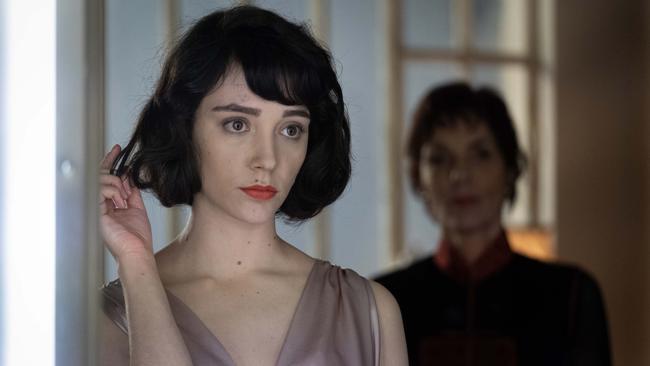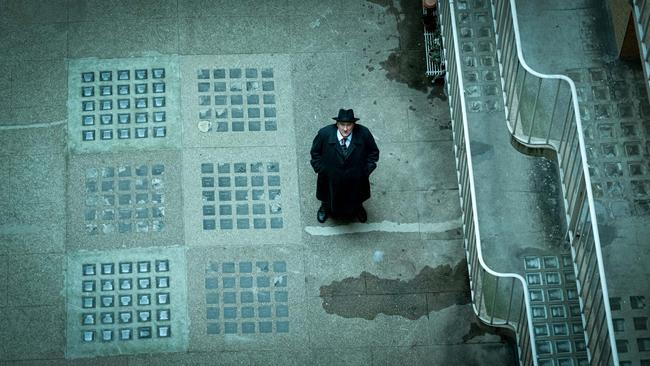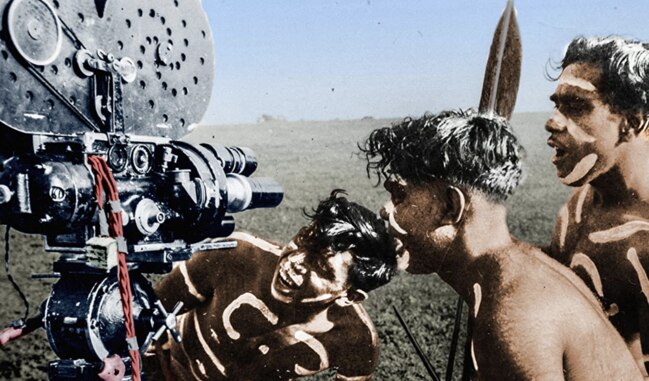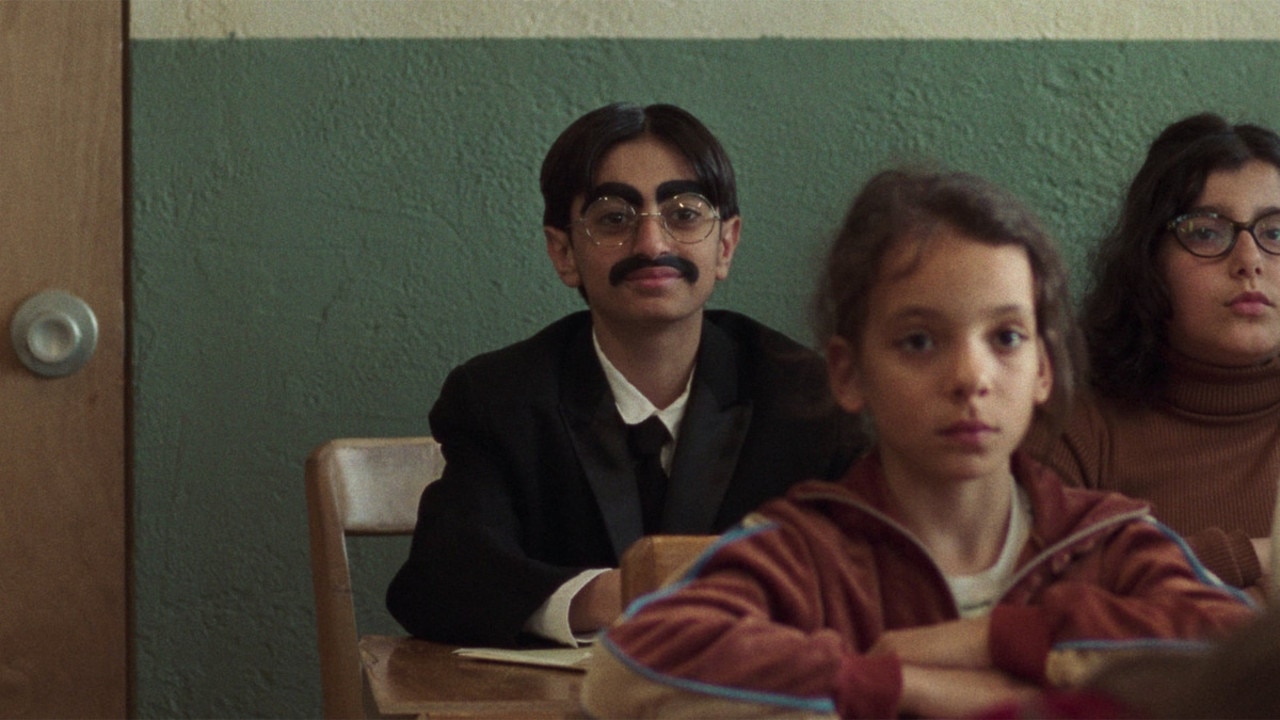Maigret, vulnerable young women navigate 1950s Paris
Louise is kicked out of her ex-friend’s engagement party. Some hours later she is found stabbed to death on the street.

Maigret (M)
In cinemas
★★★★
I’ve always been a fan of detective fiction and I invariably enjoy movies adapted from books about the often eccentric investigators who solve the mysteries. I discovered Sherlock Holmes as a teenager and once I had explored all the cases he so cleverly solved I progressed to the deductions and revelations described in the plethora of mystery novels published in the 1920s and ’30s, books in which brilliant sleuths like Hercule Poirot, Miss Marple, Lord Peter Wimsey and Father Brown showed off their prowess in bringing criminals to book. These wily investigators were mostly private citizens for whom solving crimes was a hobby, and they invariably made the police look like fools. They were far more sophisticated than their rough and ready American counterparts, like Philip Marlowe and Sam Spade. Of course, not all these characters were private investigators; some were police officers. For example, there was Ngaio March’s creation, Inspector Roderick Alleyn, and, most notably, Georges Simenon’s Inspector Jules Maigret.
The immensely prolific Simenon (1903-1989) was Belgian, but his most famous creation, Maigret, first appeared in 1931 in a book titled “Pietr-le-letton”, translated as “The Strange Case of Peter the Left”.
Simenon would eventually write 75 Maigret novels and 26 short stories, many of which were filmed. The first Maigret film was a most prestigious affair: La nuit de carrefour (The Night at the Crossroads) was directed by the great Jean Renoir and starred his brother, Pierre, as Maigret. It was closely followed by a film version of Pietr-le-letton, with Abel Tarride as the detective. In subsequent years Maigret was played by some of France’s best actors: Harry Baur, Jean Gabin and Albert Prejean among them. In his first appearance in an English-language film (The Man on the Eiffel Tower, 1950), he was portrayed by Charles Laughton, and later appearances on British television featured Rupert Davies, Michael Gambon and, surprisingly, Rowan Atkinson in the role.
The new feature film, titled simply Maigret, is adapted from the 1954 novel “Maigret et la jeune morte” (Maigret and the young dead girl) and stars Gerard Depardieu as the famous sleuth. Depardieu has become a very big man in recent years, and he plays the role with a weary passivity that belies his astute handling of a brutal case of murder.
In Maigret’s opening scene, Louise (Clara Antoons), a beautiful young woman recently arrived in Paris from the provinces, is being fitted out with a glamorous dress, a dress that turns out to be part of a pre-war collection of haute couture. Wearing it, she attends the engagement party of her former friend, Jeanine (Melanie Bernier) to Laurent (Pierre Moure). Jeanine is surprised and not at all pleased to see Louise at the party and has her ejected. Some hours later Louise’s body, stabbed several times, is found on the street and Maigret begins his investigation into the crime.
Co-writer and director Patrice Leconte handles this investigation in an unusually concise style. The numerous scenes in which Maigret interrogates suspects are directed with brisk efficiency; there’s no excess here, and as a result the film is surprisingly short, running less than an hour-and-a-half. But that doesn’t make it any less gripping as the detective uncovers a world in which vulnerable young women “from nowhere” find themselves in danger as they navigate the supposedly glamorous world of Parisian society in the 1950s.
Depardieu is a formidable presence, implacable, calm and resolute. The supporting cast, which includes Aurore Clement as Laurent’s protective mother, is uniformly excellent. I would like to think that this is not a one-off for Depardieu but that he will return as Maigret to solve another mystery as tasty as this one.

-
Ablaze (PG)
In cinemas
★★★★
Ablaze, a very impressive Australian documentary feature, is a portrait of Indigenous activist, showman and filmmaker Bill Onus. The film is co-directed by Alec Morgan and by Onus’s grandson, Tiriki , who reveals his interest in his grandfather was sparked when a reel of 16mm film made by Onus was discovered in the National Film and Sound Archive.
How it got there nobody seems to know, but the film – lacking a soundtrack – depicts, among other things, an Aboriginal soldier in the aftermath of World War II, and also includes excerpts from a stage play inspired by a 1946 strike in the Pilbara. Tiriki, with help from elderly relatives, traces his grandfather’s amazing life from his birth in 1906 in a small community on the Murray River to his death in 1967 soon after he played an important role in the campaign for the successful referendum that finally gave Indigenous Australians the citizenship they’d been denied for so many years. In between Bill had worked as an assistant on Charles Chauvel’s deeply racist feature film Uncivilised (1936) and, a decade later, on Harry Watt’s The Overlanders (1946), which took a progressive approach towards its Aboriginal characters.
Later, Onus, produced several highly successful stage shows, and attracted the attention of ASIO by protesting against the nuclear testing at Maralinga. Prime minister Menzies and Labor leader Arthur Calwell come out of the film very badly; the former stubbornly vetoed a referendum on Indigenous citizenship while he was PM while the latter, as minister for immigration in Ben Chifley’s government, refused to provide Onus with a passport to enable him to travel overseas to attend a political conference. The attitudes of these former political leaders are a sad testament to the racism of the time. The film is superbly made and important in its reminders – through one man’s remarkable life – of the struggles of Indigenous people in the all-too-recent past.

-
The Lake of scars (tbc)
In cinemas
★★★★
Narrated from a comfortable cinema seat by the charismatic Uncle Jack Charles, this warm-hearted story is set in the small Victorian town of Boort, near Bendigo. Nearby there are lakes that fill when there’s rain and the area is rich with ancient Aboriginal connections – including the scarred red gum trees that dot the landscape, the underground ovens where food was traditionally cooked and the stones that reveal thousand-year-old secrets.
All are in danger of being destroyed and lost forever, but local man and Vietnam veteran Paul Haw, who is not Indigenous, wants to help the local Aboriginal people, the Dja Dja Wurrung, open a cultural centre in the town and preserve the area. Boort has its share of clubs for white people (boat club, scout club, RSL club and so on) but there’s no venue for Indigenous people, and when one is proposed there’s spirited opposition (one unnamed racist goes door to door warning that if the proposed centre is opened it will bring Aboriginals into the town and they will “poop in the street”).
Over many months, plans proceed, not without setbacks – local leader Jida Gulpilil, son of David, has a falling-out with Paul, who develops prostate cancer – but ultimately the future looks promising.
The Lake of Scars is a richly evocative insight into Aboriginal culture, history, tradition (though there’s controversy over the tradition of burning off), beautifully filmed and extremely informative.





To join the conversation, please log in. Don't have an account? Register
Join the conversation, you are commenting as Logout